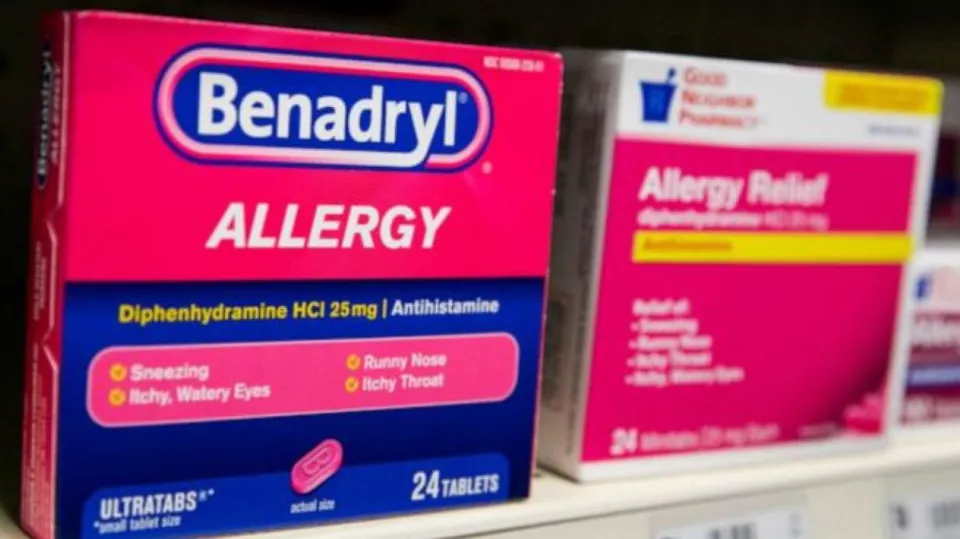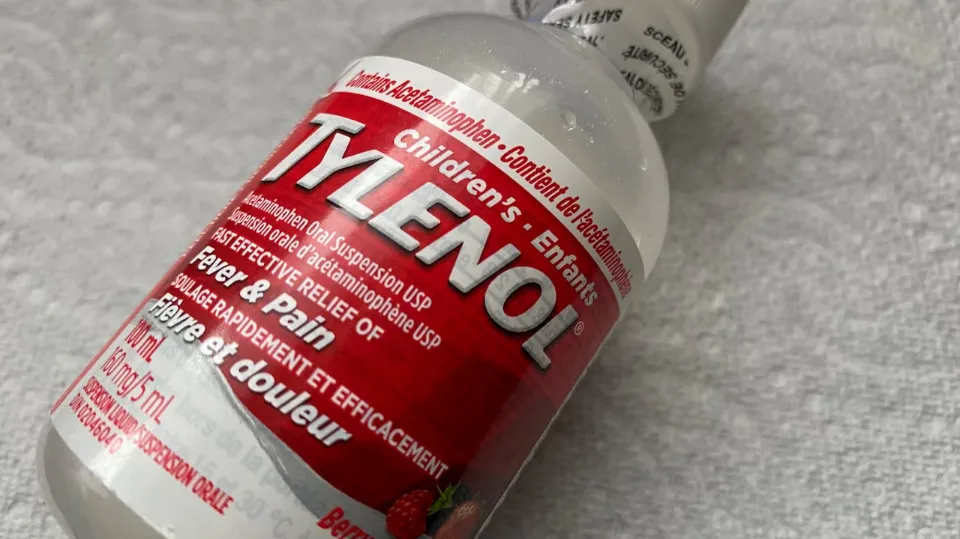The study of illness and its management, prevention, and treatment is known as medicine. Acetaminophen also referred to as paracetamol, is sold under the brand name Tylenol. It is a drug that is employed in the management of mild to moderate pain and fever.
Benadryl and Tylenol have not been found to interact, so you can take them separately or as prescribed by your doctor.
What would happen if you gave your child too much medicine or measured it incorrectly by accident? Continue reading to learn how to avoid these and other typical medication errors.
What Are Tylenol and Benadryl, and Can You Mix Them?

Both medications are combined for use together and are sold over the counter. Tylenol and Benadryl don’t interact, so their compatibility is pretty good.
Acetaminophen and diphenhydramine are suitable for treating occasional insomnia linked to mild to moderate pain and discomfort. Although diphenhydramine and Benadryl have sedative effects, they are ineffective for treating insomnia that is not caused by pain or sleep disorders.
Minor aches and pains, such as headache, back pain, joint, and muscle pain, which can be treated with the mixture, start to hurt during an allergy attack or cold, with the typical symptoms.
How Can You Take Benadryl With Tylenol?

The best response to this question will come from your pharmacist. However, the general rule is to adhere to the usage directions printed on the label if you can’t find one. A glass of water should typically be consumed along with the capsule or tablet.
You should be aware that both of the subject’s medications are intended to be taken only temporarily, or until the symptoms subside.
Always make sure to follow the dosage instructions and not exceed them. Acetaminophen overdoses can cause fatal liver damage or liver obstruction. Likewise, consuming excessive amounts of diphenhydramine can result in fatal heart issues, comas, seizures, or even death.
Contraindications
Never administer either of these medications to a patient who is younger than 12 years old. Additionally, avoid attempting to use its sedative effects to put your child to sleep.
For treating mild sleep issues for longer than two weeks or for treating cold or allergy symptoms for longer than seven days, Tylenol and Benadryl should not be used.
Talk to your doctor or pharmacist if your condition doesn’t get better.
Why Can I Give Benadryl So Long After Tylenol?

Both Tylenol and Benadryl have no interactions or reactions with each other and can be used to treat each other’s side effects. As a result, they can be administered together for the best outcomes. Acetaminophen, a component of Tylenol, is an antipyretic and analgesic used to treat fever and pain. It includes typical side effects like drowsiness, dark urine, stomach pain, rashes, itching, and swelling.
Since acetaminophen is only released in minute amounts through breast milk and cannot harm an infant or newborn, Tylenol can be taken at any stage of pregnancy or even while nursing.
Serious liver damage is among the more serious side effects. Tylenol is processed by our liver, which also releases some chemicals. If you take more of this medication, your body produces more of that substance, which severely damages your liver. Jaundice, vomiting, nausea, pale skin, unusual bleeding, exhaustion, excessive sweating, and abdominal pain are a few of the main signs of liver damage. Symptoms may persist even after the prescribed dosages have been taken.
Diphenhydramine, also known as Benadryl, is an antihistamine that treats symptoms such as nausea, vomiting, runny nose, and sneezing. Similar to Tylenol, it has some typical side effects like constipation, dry mouth, throat, and nose, fatigue, tiredness, insomnia, drowsiness, etc.
The mother’s milk releases benadryl, which can have an impact on the baby or newborn. Therefore, it is not advisable to take Benadryl while pregnant or while nursing. The heart beating rapidly and irregularly, mood swings, or restlessness are major side effects. If a person observes any symptoms, they should call their doctor right away.
Side Effects of Tylenol and Benadryl If Taken Together?

Antihistamines like diphenhydramine are meant to treat allergic reactions, not trigger them. Make an emergency call if you notice hives developing or experience sudden breathing difficulties.
In a small percentage of cases, taking Tylenol can cause severe skin reactions that can be fatal. You should discontinue use immediately in case of the following:
- Increased sleepiness or sedation effect
- Discomfort or burning sensation while urination
- Liver troubles
- Loss of appetite
- Abdominal pain
- Fatigue
- Skin itch
- Dark-colored urine output
A few common side effects include:
- Constipation
- Low urine output
- Dry, Itchy eyes
- Blurred vision
- Dry oral cavity
Conclusion
We can infer that since medications have a variety of side effects, they ought to only be taken under medical supervision. Although acetaminophen, an ingredient in Tylenol, is used to treat mild to moderate pain and fever, it is also the main cause of acute liver failure due to both its effectiveness and widespread use.
Benadryl contains diphenhydramine, which inhibits histamine’s effect on capillaries and thus lessens allergic symptoms. Along with these effects, it also raises blood pressure and causes irregular heartbeats, mood swings, dizziness, and many other symptoms. Medicines must be used carefully in order to produce the best results, just as every coin has two sides. To treat the common cold, nausea, etc., one should attempt using traditional Indian remedies like ginger, honey, and tulsi. Only one should seek medical treatment if it cannot be cured.
FAQs
Can I Give Benadryl After Tylenol?
Over-the-counter pain relievers like ibuprofen or Tylenol are generally safe to take with Benadryl. These drugs all function in unique ways. It’s a relief that they don’t all interact very much.
How Long Do You Have to Wait After Taking Benadryl?
The body quickly absorbs benadryl. Within 20 to 30 minutes, you’ll probably start to feel the effects. About four to six hours should pass while the medication is still in effect. Benadryl should only be taken for a brief period of time, unless your doctor instructs you to do otherwise.
What Not to Take With Benadryl?
Combining Benadryl with other antihistamines can make side effects more likely. Meclizine (Antivert), loratadine (Claritin), cetirizine (Zyrtec), hydroxyzine (Vistaril), and promethazine (Promethegan) are a few examples of such medications.








